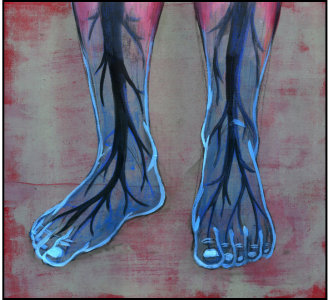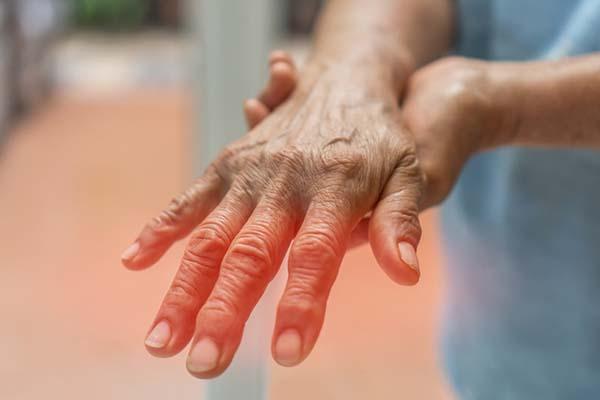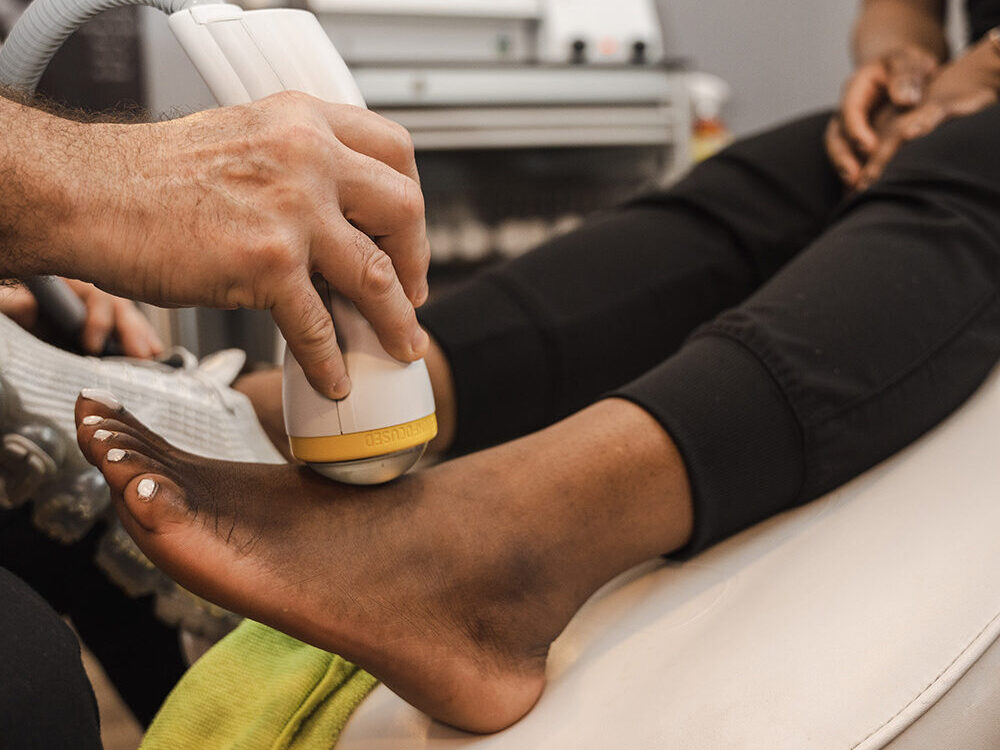
Tingling, Numbness, or Burning? It Might Be More Than Just Fatigue
Everyone experiences fatigue from time to time. But if you’re noticing unusual sensations—like tingling, numbness, or burning in your hands or feet—it could be something more serious than just being tired. These symptoms may be signs of peripheral neuropathy, a condition caused by damage to the nerves outside your brain and spinal cord.
Recognizing the symptoms early can make a big difference in managing the condition and preventing it from getting worse.

What Is Peripheral Neuropathy?
Peripheral neuropathy affects the nerves that connect your brain and spinal cord to the rest of your body. When these nerves are damaged, they can misfire or fail to send proper signals, leading to a range of uncomfortable and sometimes disabling symptoms.
Common symptoms include:
Tingling or “pins and needles” in the hands or feet
Numbness that doesn’t go away
Burning, stabbing, or shooting pain
Muscle weakness or coordination problems
Heightened sensitivity to touch or temperature

What Causes It?
Peripheral neuropathy has several potential causes, including:
Diabetes – High blood sugar levels can damage nerves over time.
Vitamin deficiencies – Especially low B12, which is essential for nerve health.
Injury or repetitive stress – Physical trauma or repeated motion can compress or irritate nerves.
Other causes include autoimmune diseases, certain infections, exposure to toxins, alcohol use, or the side effects of some medications.
3 Most Common Interventions for Neuropathy
Managing neuropathy involves addressing both the symptoms and the underlying cause. Here are three widely used interventions:
Lifestyle and Nutritional Changes
Improving blood sugar control (for diabetics), stopping alcohol use, correcting vitamin deficiencies, and incorporating nerve-supporting foods (like those rich in B vitamins and antioxidants) can significantly help slow or reverse nerve damage.Medications
While not a cure, certain medications can reduce nerve pain. These may include anti-seizure drugs (like gabapentin), antidepressants (like amitriptyline), or topical treatments. However, some people may experience side effects or limited relief.Physical Therapy
Targeted exercises can improve strength, balance, and circulation, which may ease discomfort and restore some nerve function. Therapists may also use techniques like massage or nerve gliding exercises.
Exploring Other Options: SoftWave Therapy
For those seeking alternative or complementary treatments, SoftWave Therapy has emerged as a promising, non-invasive option. This therapy uses sound waves to stimulate blood flow, reduce inflammation, and encourage the body’s natural healing response at the cellular level.
Many patients with neuropathy symptoms have reported improvement in sensation, pain reduction, and enhanced mobility following a series of treatments.
If traditional approaches haven’t brought the relief you hoped for, it may be worth exploring whether SoftWave therapy could be a good fit for your condition.

When symptoms persist, your body is trying to tell you something. Don’t ignore the signals—especially when there are options that may help you feel like yourself again.
References
National Institute of Neurological Disorders and Stroke. Peripheral Neuropathy Fact Sheet
Mayo Clinic. Peripheral Neuropathy - Symptoms and Causes
American Diabetes Association. Neuropathy
MedlinePlus. Vitamin B12 Deficiency
SoftWave Tissue Regeneration Technologies. Mechanism of Action
Journal of Translational Medicine (2020). Extracorporeal shock wave therapy in peripheral neuropathy: a pilot study on nerve regeneration.
National Institute on Aging. Pain: You Can Get Help
